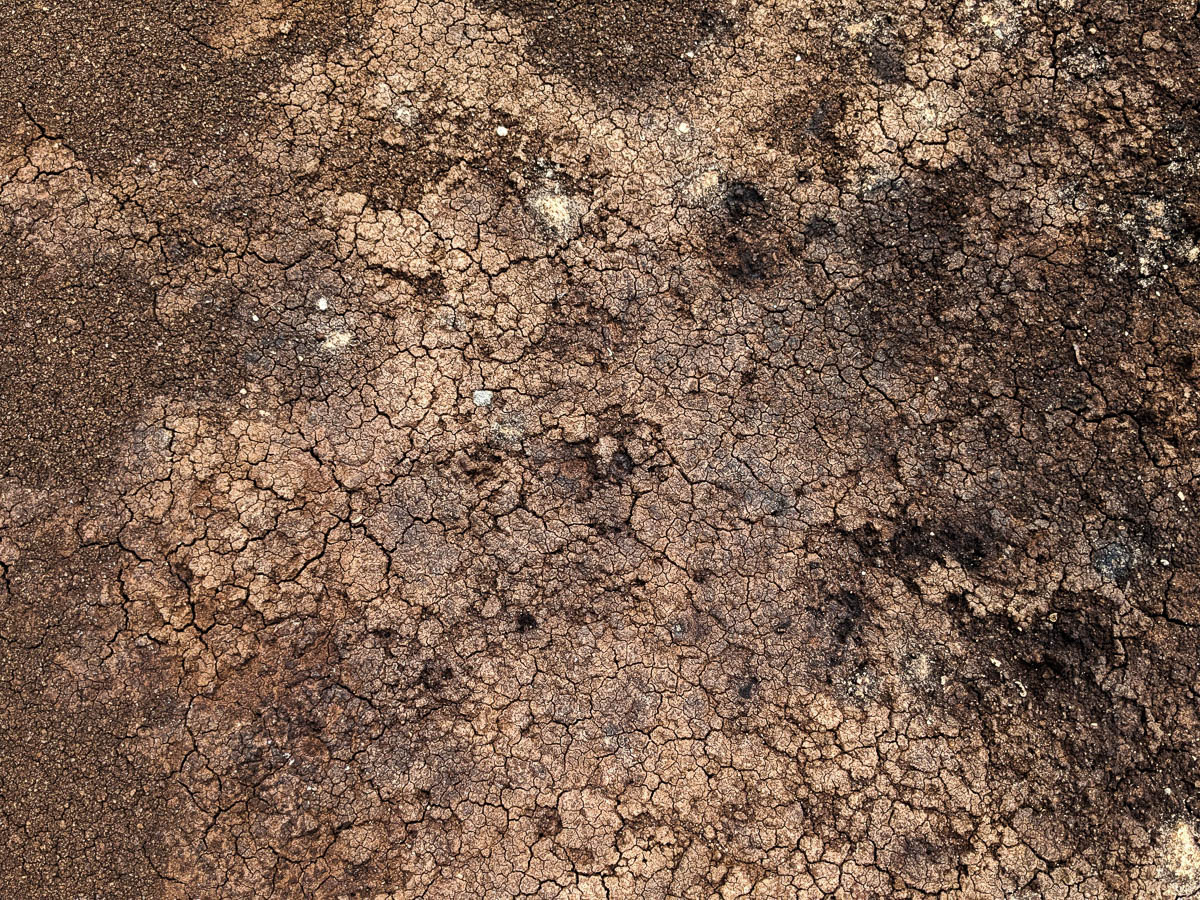Planting in true ground

True ground planting requires a lot of hard work and the luxury of space. This is because most sites in Singapore naturally have heavy clay soil that is difficult to work with and will need gradual improvement. However, soil will naturally improve the longer that it has been planted in, and your true ground planting will yield many benefits in the long run.
Layers of soil

Organic matter is much lighter than the other components of soil, and will break down over time. As a result, many true ground beds will end up with a layer of loamy soil on top and clay soil at the bottom. When soil is exposed to heavy rains, the organic matter in loamy soil layer can get washed away, leaving behind clay and sand.
Improving soil
.jpg)
Raw, sticky clay soil will need lots of compost mixed in to make it loamy. A good starting ratio for the first planting in true ground is one part existing soil to three parts organic matter like compost to make the soil soft and porous enough for healthy roots and good drainage. Fertilisers can also be mixed into the soil to boost plant growth. This newly mixed soil can be backfilled into your new planting space.
It is best to improve at least the top 15cm your planting space for small shrubby plants like Sissoo Spinach and Bayam, and at least 20cm for larger plants like Brinjals, Lady’s-Fingers and Thai Basil. Fruiting climbers like Passion Fruit and Cucumber have very large root balls and do best with improved soil at least 30cm deep.
Direct Sowing of seeds

Furrows or planting holes can be made for direct seed sowing. Planting seeds directly in true ground will remove the need for transplanting, and will encourage the plants to grow bigger and faster. However, seedlings sown this way will have to compete with weeds, and are vulnerable to pests like snails and slugs, harsh sun, and heavy rain. These seedlings may need to be protected with netting or a cloche to survive.
Transplanting

Transplanted plants, seedlings or cuttings will often grow fast in true ground, but they are still vulnerable to transplanting shock. Erecting shade netting over transplants for a week will help them to recover.
Soil management

Exposed soil will gradually be washed away by heavy rains, dried out by intense sunlight and compacted by walking. Planting living mulches like Kang Kong and Sissoo Spinach will prevent this and will also keep your soil microbiome healthy. Regular planting will break up clay soil and introduce organic matter over time, eventually improving raw clay soil to loamy soil. This can take anywhere between 2-5 years, depending on the intensity of the planting.
Growing plants that can tolerate waterlogging and that readily grow in clay soil is also a good way to start improving true ground planting beds. Some common plants used for this are Pandan, Sissoo Spinach , Taro, Guava and River Tarenna.
Alternatives to planting in true ground
.jpg)
If the existing soil is too difficult to work with, a planter bed can be built on top of it and then filled with better soil. Container planting can also be considered but is generally not encouraged given that many containers can look cluttered, and harbour pests like snails in between the pots.

